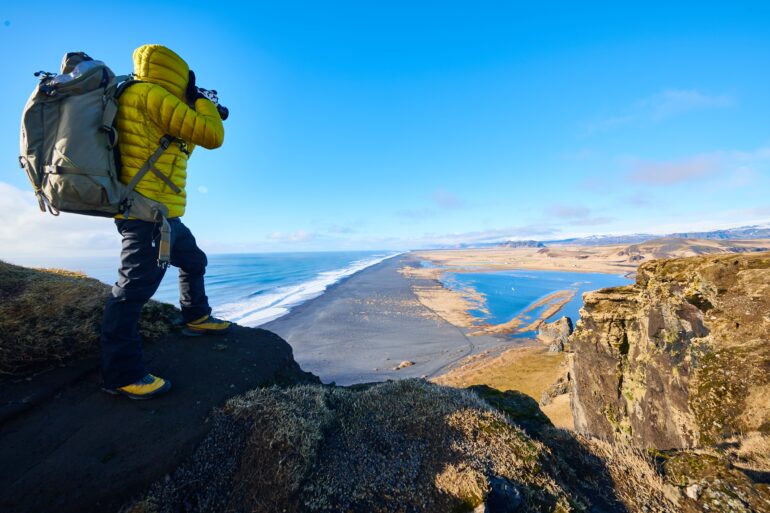Few adventures capture the spirit of exploration like the chance to climb Africa’s tallest peak. Mount Kilimanjaro rises above Tanzania’s plains with snowcapped grace, challenging both body and spirit. If you’ve ever dreamed of standing on Uhuru Peak, exploring different Kilimanjaro trekking packages is the first step toward making that dream real.
Why Kilimanjaro Is More Than Just a Hike
Kilimanjaro isn’t technically a “climb” in the mountaineering sense-it’s a trek. You won’t need ropes or ice axes, but don’t let that fool you. At 5,895 meters (19,341 feet), altitude is the real test. It’s a slow, steady battle with thin air, changing landscapes, and your own determination. The reward? Watching sunrise from the highest point on the continent.
The Routes: Choosing Your Path
Picking the right route is like choosing your own adventure. Each has a different vibe, difficulty level, and success rate. Here are the most popular ones:
- Marangu Route: Known as the “Coca-Cola route,” it’s the only one with hut accommodations. Easier logistics but lower success rates due to fast ascent.
- Machame Route: Nicknamed the “Whiskey route,” it’s scenic, challenging, and offers good acclimatization. A favorite among seasoned trekkers.
- Lemosho Route: Stunning views and a high success rate thanks to gradual ascent. Perfect for those who want both beauty and a safer climb.
- Rongai Route: Less crowded, drier, and starts from the north near Kenya. Great for trekkers seeking solitude.
Training and Preparation
Don’t underestimate Kilimanjaro. While technical skills aren’t required, physical fitness and mental stamina matter. The U.S. National Library of Medicine highlights how high-altitude environments increase risks of acute mountain sickness, making preparation crucial (NIH). Start training months in advance with long hikes, cardio sessions, and strength exercises for legs and core.
Gear Essentials
Packing right can make or break your trek. Beyond standard hiking gear, here are key items trekkers swear by:
- Layered clothing: Expect climates ranging from tropical forests to arctic cold at the summit.
- Sturdy boots: Broken-in, waterproof boots with ankle support are non-negotiable.
- Headlamp: Essential for summit night, when you’ll climb in the dark toward dawn.
- Trekking poles: Save your knees on steep descents.
Life on the Mountain
Each day on Kilimanjaro is its own story. You’ll start in lush rainforest, trek through alpine desert, and end in icy glaciers. Campsites bring moments of camaraderie-sharing stories, sipping tea under a blanket of stars, and psyching up for summit day. When you finally step onto Uhuru Peak, it’s not just the view that moves you-it’s everything you endured to get there.
FAQs About Climbing Kilimanjaro
How long does it take to climb Mount Kilimanjaro?
Most treks take 6–9 days depending on the route. Longer itineraries improve acclimatization and increase summit success rates.
Do I need prior mountaineering experience?
No technical climbing skills are required. However, good physical fitness, hiking experience, and mental endurance are highly recommended.
What is the best time of year to climb?
The best months are January-March and June-October, which offer clearer skies and better trekking conditions.
How dangerous is Kilimanjaro?
While many climbers reach the summit, altitude sickness is a real risk. Choosing a longer route and trekking with experienced guides greatly improves safety.
Final Thoughts
Climbing Mount Kilimanjaro is as much about self-discovery as it is about reaching a summit. It’s demanding yet achievable, humbling yet empowering. With the right preparation, guidance, and mindset, standing on Africa’s rooftop becomes more than a dream-it becomes a story you’ll carry for life.



